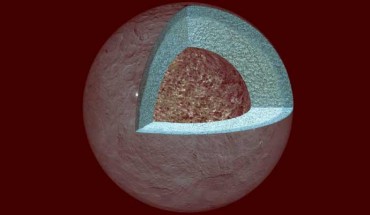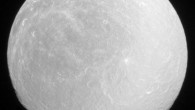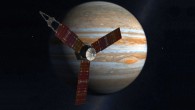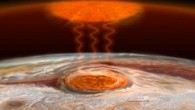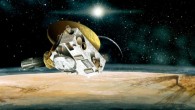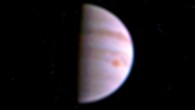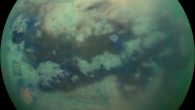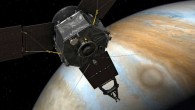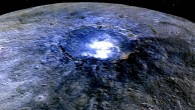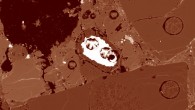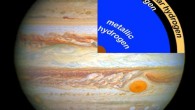Using data from NASA’s Dawn spacecraft about Ceres’ gravity and topography, mission scientists have found that the dwarf planet is ‘differentiated,’ which means that it has compositionally distinct layers at different depths. The findings were published this week in the journal Nature. This artist’s concept shows a diagram of how the inside of Ceres could be structured, based on data about the dwarf planet’s gravity field from NASA’s...

